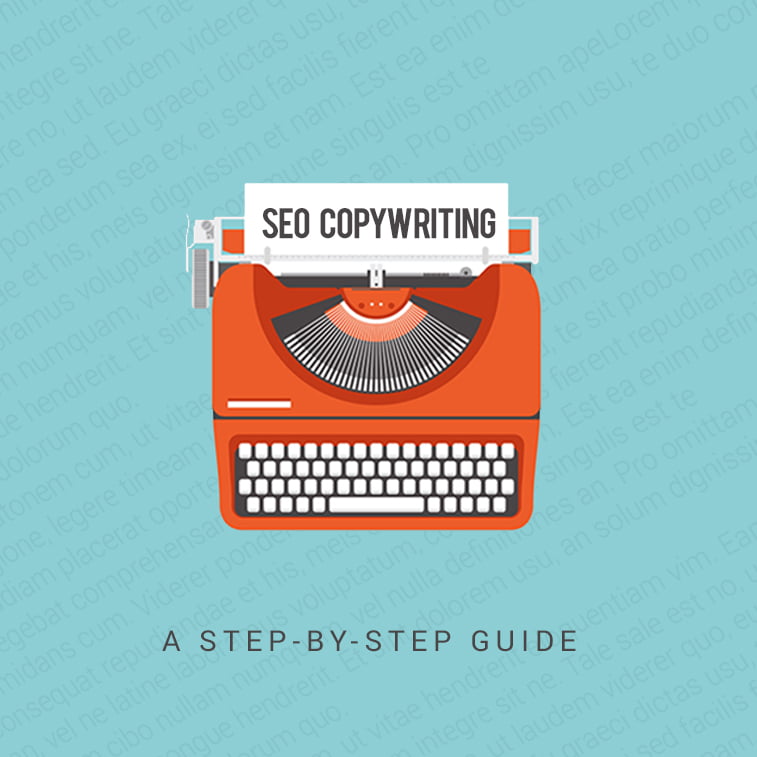The algorithm changes practically every day. As updates come and go, writers – who are one of the key figures of every site on the web – need to keep up with and embrace those changes in order for their content to rank well on SERP. Content is king, and copywriter its queen.
If you are only a beginner in SEO and would like to learn more about it, or even an experienced copywriter/copyeditor who wants to see how other writers structure their stories, keep reading this guide to SEO copywriting in which we describe what steps one needs to make during the writing process.
What is SEO Copywriting?
In order to avoid possible confusion, it is best to explain what SEO copywriting is about. SEO is a process of optimization of websites for search engines (Google, Yahoo, Bing, etc.). It is mainly based on on-site and off-site optimization work, and further divided into numerous fields which all function as a whole.
The other word in the term – copywriting – even though it may indicate (wrongfully) that the practice is related to literally copying and pasting chunks of text from one place to another – the prefix copy- is, in fact, about something else. Copywriting is the practice of writing copies (written information published either in newspaper, magazines or online) for the purposes of advertisement or for some other publicity copy. In this case, a copy is intended for the purposes of SEO.
Therefore, an SEO copywriter would be a person in charge of creating digital copy (texts) intended for search engine optimization (SEO) and social media marketing (SMM). SEO copywriting can be subdivided into numerous subfields, such as web, blog, social networks, etc.
Even though there is overlapping between them, in this post, we will address blog-intended SEO writing process, which consists roughly of four steps: research, structuring, writing, and editing.
SEO Copywriting Process:
Step 1: Research
This is the most important phase in the process. Writing an authority blog post in any niche demands doing a lot of research, no matter if you are an expert in the field or just a beginner. First, you determine your audience and decide on what you want to present them – even if it is an old topic, not a new one, it needs to have a fresh point of view, something updated and interesting enough to engage them.
After that, you should conduct keyword research – here’s our advice on how to do keyword research for SEO. In this phase, you should write a first draft of your headline, and remember: it needs to be up to the point, concise, and contain a keyword you are targeting. Of course, it need not be carved in stone – you can change it later in the editing phase.
Once you have collected enough evidence and other texts on the topic, after you have studied them thoroughly and removed all unnecessary information and reviewed it critically, it is time to go to step 2.
Step 2: Structure
The entire writing process will depend on the structure you write. Even though people write differently and go back and forth through a text (it is basically a fuzzy process), there are still some practices that have proved to help keeping you on the course and prevent you from getting off the track.
Writing a clear outline of the text, or a skeleton if you would prefer it that way, with subheadings and subsubheadings (including image placeholders), will help you ease the process and know exactly what you are doing even if your focus moves to some other task.
If you use a CMS such as WordPress, you should mark headings and subheadings with H2, H3, and H4 tags (DO NOT use more than one H1 tag per page – this one is reserved for the title only) – this is a good SEO practice which helps spiders crawl data easily. And not only that. With structured content, you help the readers pick up the main points in the pre-reading stage, when they scan the content and determine to either press the X button or stay on the page and proceed to reading it. Therefore, you had better make it worthwhile their attention.
Step 3: Writing
If you have established your structure and believe you can make a good story out of it, you are ready to write your first paragraphs. SEO copywriting is not any kind of writing. Some say that you should focus on writing short sentences, but it basically all depends on the niche and your target audience. Sure, the text should be as clear as possible and easy to read, but we will get to fine tuning later in the editing phase.
For now on, you should just focus on writing as much has you can. Do not forget to follow your structure – have an introductory paragraph (which you can write in the end, after you have completed everything else), a few subheadings, and a conclusion to wrap the text up and get the main points in a couple of sentences.
Write in paragraphs, and avoid writing large chunks of text. Writing for the web demands keeping it short. Use keywords in paragraphs, but do not overuse them – keyword stuffing is forbidden. Use sentence connectors (such as therefore, meanwhile, although, etc.) to connect ideas and make the text coherent.
Even though people do not write for search engines solely, but for readers – the end-users of your blog post – you should still make sure that you give both parties enough meat: search engines do not like short posts, i.e. they rank better longer texts (e.g. longer than 500-700 words), and this is exactly the right reading span of an average reader.
Since the 21st century readers on the web are impatient (especially those on mobile devices), you need to write content intended for their needs. They probably do not have enough time for reading a 2000-word post. Thus, write the main ideas and build content around them, illustrating them with great, memorable examples and you will do just fine.
Step 4: Editing/Proofing
Now the hardest part is over; here comes the longest phase. Even though the text is probably just fine, you should read it a couple of times before the publication. Maybe some ideas you have had a couple of hours (or days) ago will not sound that right to you now as they did back then. Use spellcheckers (such as Grammarly) and correct all typing mistakes and poor grammar slips.
After that, if you have the time and resources, have someone read the text after you have made all your corrections. Ideally, at least two people should work on a text before it has seen the light of the spiders’ web. If you work in a copywriting team, have your copywriter fellow be your copyeditor, and return the favor for their texts in the future.
And there you have it: a short and simple guide to SEO copywriting. Do you go through these phases in this order or have you developed your own writing process? Make sure to tell us in the comments below!





